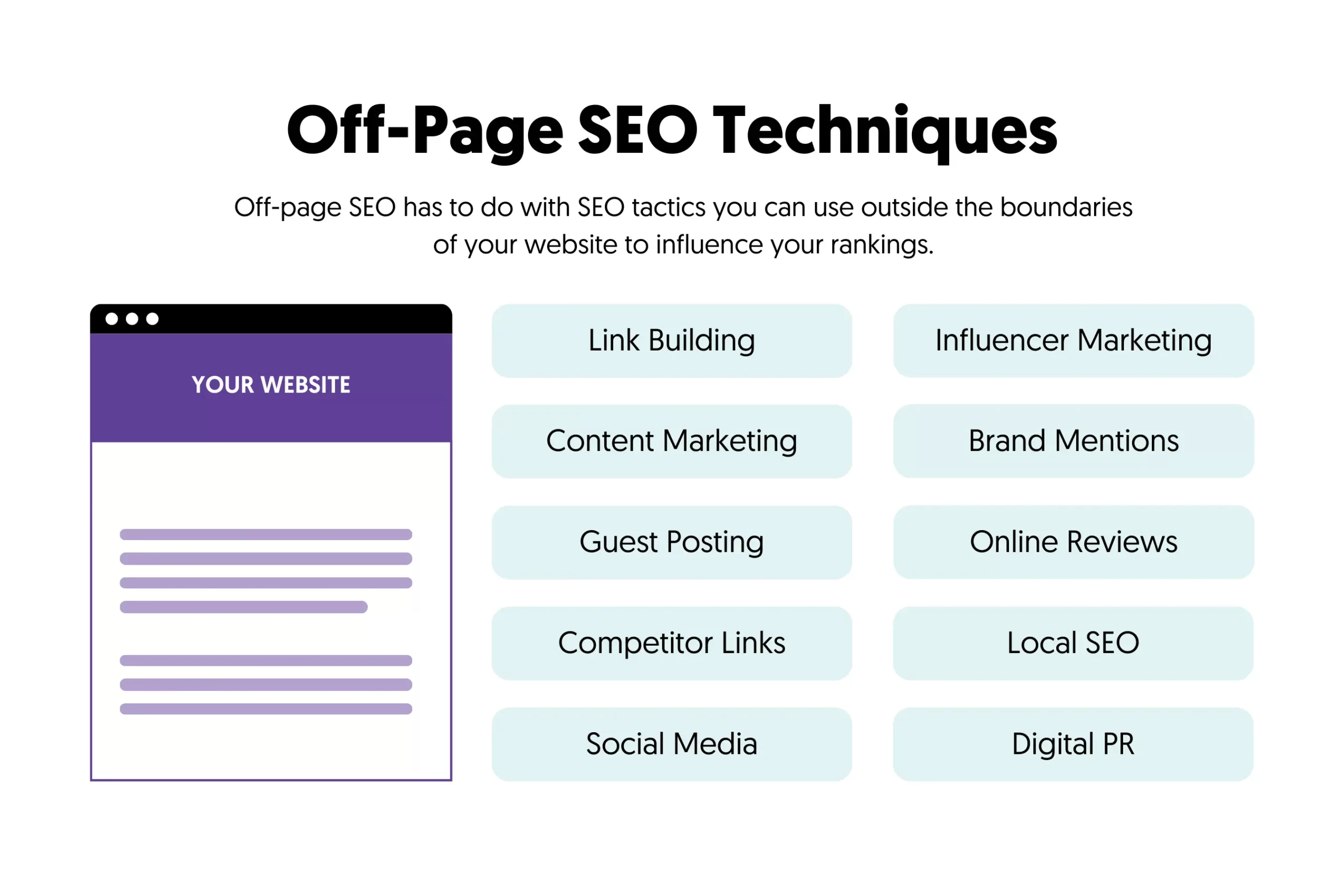Discovering the Uncharted: Beyond Default Mediums in Google Analytics for SEO
Discovering the Uncharted: Beyond Default Mediums in Google Analytics for SEO
Blog Article
Introducing the Unconventional Mediums in Google Analytics Beyond Default Settings
In the realm of electronic analytics, Google Analytics stands as a keystone for companies looking for to comprehend their on-line presence. While default settings use beneficial insights, truth deepness of comprehending hinge on checking out the unconventional mediums that usually go unnoticed. By venturing beyond the surface and diving right into the intricacies of social networks information, email campaign efficiency, reference website traffic sources, direct web traffic patterns, and custom channel groups, a bonanza of details waits for those ready to embrace a more nuanced approach. What lies beneath these unconventional mediums might simply redefine how services view and strategize their online initiatives.

Leveraging Social Media Insights
Periodically ignored, yet tremendously useful, is the method of leveraging social media understandings within the realm of Google Analytics. By incorporating data from systems like Facebook, Twitter, Instagram, and LinkedIn into Google Analytics, companies can obtain a deeper understanding of their audience and the efficiency of their social media projects.
Through this assimilation, online marketers can examine and track individual actions on their website that originates from social networks systems. They can recognize which social media channels are driving the most traffic, which material is reverberating with the target market, and which campaigns are converting the most leads. This insight allows for data-driven decisions to maximize social media methods and improve general advertising and marketing performance.
Additionally, by incorporating social media insights with Google Analytics, businesses can develop much more targeted and individualized campaigns - what is not considered a default medium in google analytics. They can make use of market details, rate of interests, and online habits collected from social networks to fine-tune their audience division and deliver customized messages that resonate with certain consumer groups. This targeted strategy can lead to greater interaction, boosted conversions, and inevitably, boosted return on investment
Discovering Email Project Performance
Revealing Email Campaign Performance includes analyzing vital metrics and efficiency signs to assess the efficiency of e-mail marketing efforts. When diving right into email campaign performance, it is critical to examine metrics such as open rates, click-through rates, conversion prices, and unsubscribe prices. Open up prices indicate the percentage of recipients who opened the e-mail, supplying insight into the effectiveness of subject lines and sender names. Click-through rates determine the percent of recipients who clicked on links within the email, showing engagement degrees. Conversion rates track the percent of recipients who finished a desired activity after clicking on a link in the email, such as making a purchase or signing up for an e-newsletter. Lastly, unsubscribe prices highlight the number of recipients that chose out of receiving further e-mails, clarifying email content top quality and significance. By analyzing these metrics, marketing professionals can adjust their email projects for much better engagement and efficiency.
Analyzing Reference Web Traffic Resources
After evaluating the performance of e-mail projects through essential metrics such as open prices and conversion rates, the following essential action is evaluating reference traffic sources in Google Analytics to recognize where site visitors are coming from and how they engage with the site. Referral traffic resources refer to the websites that guide customers to your site with clickable web links. By diving right into this information, services can acquire understandings into which outside platforms are driving website traffic to their site, whether it be social media sites platforms, partner websites, or online directory sites.
Assessing reference website traffic can offer useful info on the efficiency of external marketing initiatives and collaborations. It aids services determine high-performing recommendation sources that add dramatically to web site traffic and conversions. By understanding the behavior of site visitors coming from different referral sources, businesses can tailor their advertising methods to enhance engagement and conversions. Google Analytics offers comprehensive reports on reference traffic, permitting companies to track the efficiency of each recommendation resource accurately and make data-driven choices to enhance their online visibility.
Exploring Direct Website Traffic Patterns
Checking out the direct traffic patterns in Google Analytics gives important understandings right into user habits and the efficiency of projects - what is not considered a default medium in google analytics. Straight web traffic describes site visitors that come down on an internet site by straight typing the link right into their web browser, utilizing book markings, or clicking on untagged links. Comprehending direct traffic patterns can help marketing experts review the influence of offline advertising and marketing initiatives, brand name recognition, and the effectiveness of word-of-mouth references
By diving right into straight web traffic information, organizations can reveal critical details regarding user intent and brand loyalty. Analyzing the behavior of straight site visitors, such as the web pages they see, the time spent on website, and the conversion rate, can offer a much deeper understanding of customer interaction and the general performance of the internet site in transforming site visitors into consumers.
In addition, tracking straight website traffic patterns gradually allows businesses to determine fads, seasonality results, and the success of specific projects or promos in driving straight gos to. This info can then be used to refine marketing methods, enhance web site material, and boost the overall user experience to optimize conversions.
Making Use Of Custom-made Network Groupings
Utilizing personalized network groups in Google Analytics enables companies to categorize and evaluate their web site traffic based on specific standards, supplying useful insights for optimizing advertising and marketing methods. Custom channel groups allow companies to produce their very own tailored groupings of web traffic resources, such as social media, organic search, e-mail projects, and referral web traffic. By defining these collections, services can gain a deeper understanding of exactly how various marketing networks add to their web site traffic and conversions.
This attribute is particularly helpful for companies with varied advertising methods across different systems. For example, a firm running both paid and organic social media sites projects can differentiate in between both this post to assess their private performance precisely. Additionally, customized channel groupings can help identify any forgotten or ignored website traffic sources that may be driving valuable involvement.
Conclusion

By venturing beyond the surface area and delving into the details of social media data, email project performance, recommendation traffic resources, straight traffic patterns, and custom-made network groupings, a treasure chest of details awaits those prepared to welcome an extra nuanced method. They can identify which social media channels are driving the most traffic, which web content is reverberating with the audience, and which campaigns are converting the most leads.After examining the efficiency of e-mail campaigns through important source crucial metrics such as open prices and conversion prices, the following essential step is assessing recommendation traffic resources in Google Analytics to comprehend where website visitors are coming from and just how they communicate with the website. Personalized network collections make it possible for business to create their own customized groupings of traffic sources, such as social media, organic search, e-mail projects, and referral website traffic. By leveraging social media understandings, discovering e-mail campaign performance, evaluating recommendation web traffic resources, checking out straight traffic patterns, and using custom channel groups, marketers can obtain useful insights into their online visibility.
Report this page